Testimony that a whistleblower revealed Mormon's 'hidden huge assets' and that the money collected from believers was used for 'relieving affiliated companies' instead of relieving the poor

In February 2023, the U.S. Securities and Exchange Commission found
Mormon blows whistle on church's alleged 'clandestine hedge fund' | 60 Minutes - CBS News
https://www.cbsnews.com/news/mormon-whistleblower-ensign-peak-church-investment-fund-allegations-60-minutes-transcript-2023-05-14/
Mormon whistleblower: Church's investment firm masquerades as charity | 60 Minutes-YouTube
David Nielsen, former manager of Ensign Peak, interviewed CBS News this time. Originally a devout Mormon, Mr. Nielsen was previously active on Wall Street in the United States, but in 2009 he was invited to work for a church affiliate based near the church headquarters. I received
Mr. Nielsen said about the reason why he left the financial district, ``I was going to work for charity.I thought that with my skills, I could help establish charity and do good deeds.'' .
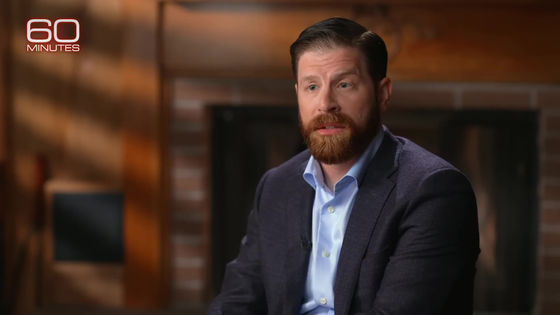
However, contrary to Mr. Nielsen's aspirations, the money that came into the church never left the church for charity.
When Nielsen joined Ensign Peak, he became troubled when he witnessed the church's investment department creating books and statements disguised as charity, amassing funds and defrauding church members. increase.
According to Mr. Nielsen, the church's main source of income is donations from its members. The church collects an estimated $ 7 billion (about 950 billion yen) annually from 17 million members due to the custom of paying 10% of income to the church '
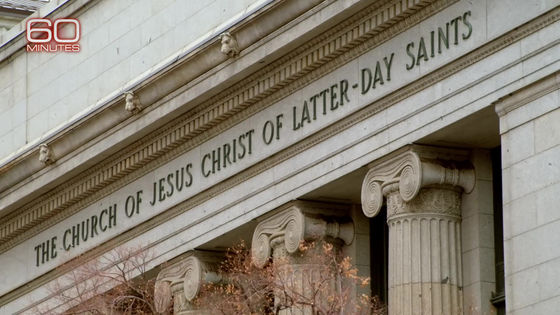
These donations will be used to build Mormon buildings, pay for utilities, and run church businesses, with the remaining $1 billion invested in the Ensign Peak Reserve. is turned to Ensign Peak is registered as a non-profit organization, so all asset management is tax-free.
During the nine years that Mr. Nielsen worked, Ensign Peak's assets ballooned to $ 100 billion (about 13.59 trillion yen), the largest US religious fund. This is double the amount donated to Harvard University and the assets of the Bill & Melinda Gates Foundation.
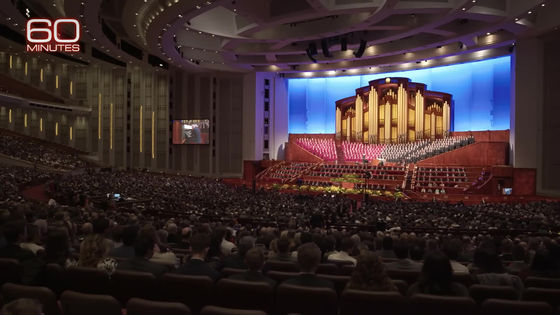
In this way, the church obtained abundant funds to solve various problems in the world, but all it did was increase its bank accounts.
Regarding the use of funds explained by his boss, Mr. Nielsen said, ``The answer was always the 'second
'Second Coming' is a term in Christian theology that refers to the ascension of Jesus Christ to come down to earth again in the last days of the world.
Internally, the Church preached the Reserve as a fund to prepare for the end times, while outwardly it described it as a 'just in case' fund. But Nielsen said in documents shared at a 2013 conference that $1.4 billion would be spent on a shopping mall being built on land owned by the church, and a for-profit business owned by the church. I know that $ 600 million (about 81.5 billion yen) was diverted to rescue Beneficial Life, an insurance company.
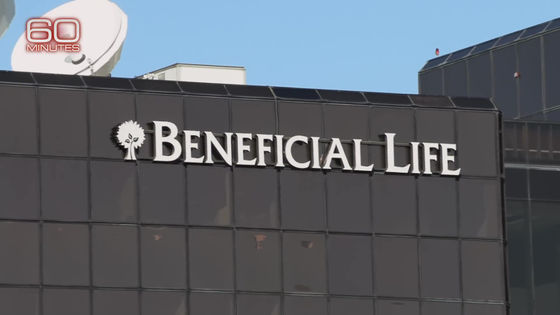
In addition, Mr. Nielsen was hit by the existence of a dummy company holding a huge amount of assets, which was exposed by a site called 'Mormon Leaks' in 2018.
Only the church leadership knew that the billions of dollars in stocks and bonds that were in the shell company's name were actually assets controlled by Ensign Peake.
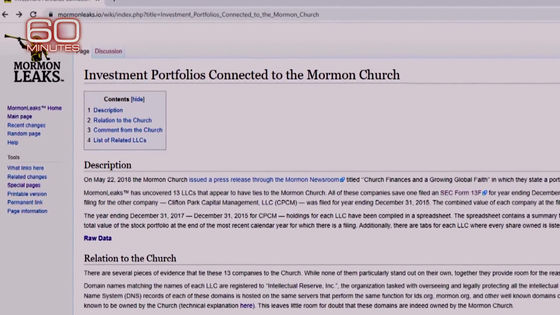
Following the appearance of the exposure site, Nielsen's company held an emergency meeting. ``If these securities were reported in the name of the church, the company would be drawing 'undue attention,''' the chief investment officer said on the spot.
After the meeting ended, Mr. Nielsen asked, 'What do you mean by undue attention?'
Mr. Nielsen said, 'At that moment, I knew I was in the wrong place.'

After that, Mr. Nielsen, who left Ensign Peak in 2019, filed a whistleblower complaint with the authorities about the fact that a tax-exempt nonprofit organization transferred funds to a for-profit company.
And in February 2023, the SEC, which was investigating, announced that Church and Ensign Peak had failed to accurately report securities.
According to the SEC, the church ``expended a great deal of effort'' to hide $32 billion in funds for nearly 20 years. Specifically, we established 13 shell companies and even assigned phone numbers that matched our registered addresses in preparation for regulatory checks.
Christopher Waddell, one of the three
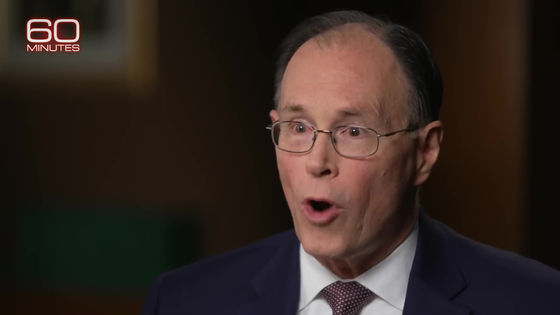
According to Mr. Waddell, it was a church lawyer who advised the church to establish a paper company.
Waddell said most of the money used to bail out Beneficial Life, which was hit hard by the 2008 financial crisis, has been repaid. He also emphasizes that the funding for shopping malls pointed out by Mr. Nielsen was an 'investment' rather than a 'relief.'
In response to Waddell's claim that he spent more than $1 billion on humanitarian aid in 2022 alone, Nielsen said, ``To my knowledge, Ensign Peak's funds have never been used for charity. It was.'
Related Posts:
in Note, Posted by log1l_ks







